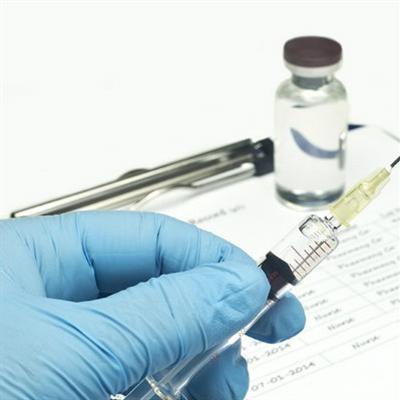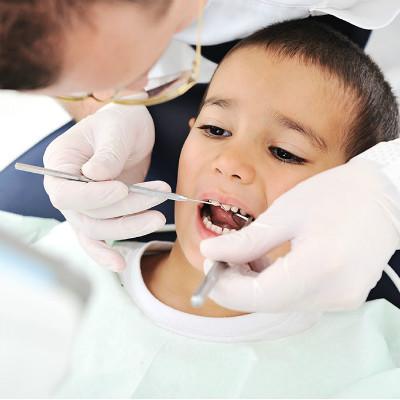Symptoms of adenoid hypertrophy
summary
Adenoids, also known as pharyngeal tonsils or proliferators, are located at the top of the nasopharynx and the posterior pharyngeal wall. They are lymphoid tissues with orange petals on the surface. Adenoids, like tonsils, grow up gradually with age after birth, proliferate vigorously at 2-6 years old, and shrink gradually after 10 years old. Symptoms of adenoid hypertrophy? Let's talk about it
Symptoms of adenoid hypertrophy
Ear symptoms: eustachian tube pharyngeal obstruction, causing secretory otitis media, leading to hearing loss and tinnitus. Nasal symptoms: often complicated with rhinitis, sinusitis, nasal congestion and runny nose and other symptoms. Speaking with occlusive nasal sounds, snoring while sleeping, serious cases of sleep apnea.

Pharynx, larynx and lower respiratory tract symptoms: because the secretion flows down and stimulates the respiratory tract mucosa, it often causes cough at night, and is easy to complicated with tracheitis. Adenoid face: due to long-term open mouth breathing, resulting in facial bone development obstacles, jaw lengthening, high arch palatine bone, uneven dentition, prominent upper incisors, thick lips, lack of expression, the so-called "adenoid face".

The children presented with anorexia, vomiting, dyspepsia, and then malnutrition. Due to poor breathing and insufficient lung expansion, chest deformity can be caused. Poor breathing at night will make children in a state of long-term hypoxia, endocrine dysfunction, causing growth and development disorders, parents can find that children have inattention, emotional changes, night terrors, molars, night sweats, bed wetting and other symptoms.

matters needing attention
Pay attention to nutrition, prevent cold, improve immunity, and actively treat primary diseases. With the increase of age, the adenoids will gradually shrink, the condition may be relieved or the symptoms disappear completely. In daily life, parents should pay special attention to children's colds. Especially in children between 2 and 10 years old, should improve prevention, such as try to avoid children with long-term cold, runny nose, nasal congestion, cough, rub nose, rub eyes, sneezing and other symptoms, if also accompanied by poor hearing, obvious snoring and other symptoms, should go to the hospital for diagnosis and treatment.














